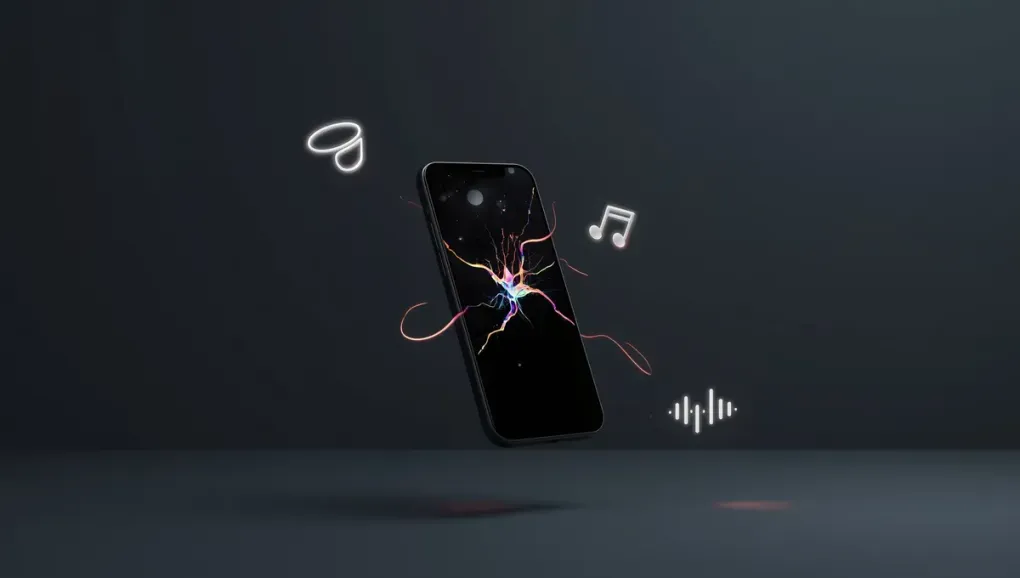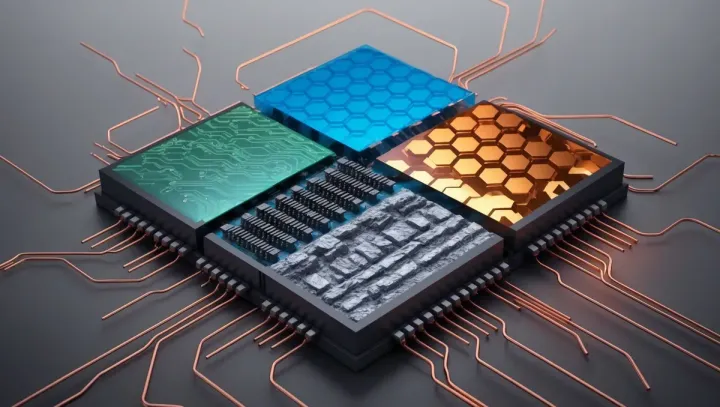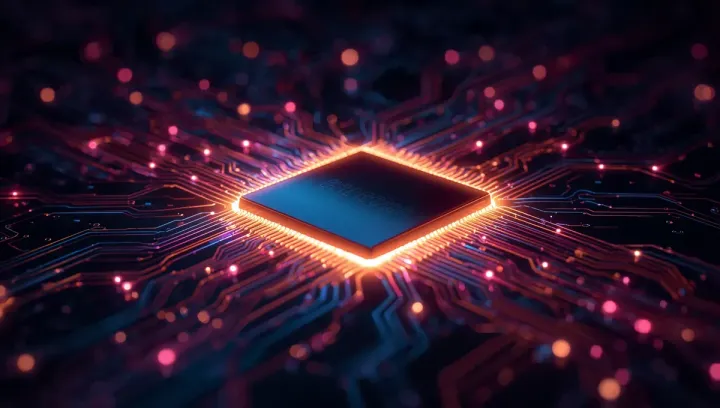
Beyond the Glass Slab: Is This the Future We Were Promised?
I’m holding my phone right now, and it’s a masterpiece. It’s a supercomputer, a camera, a communication hub. But let’s be honest, it’s also a bit… boring. For the last decade, the pinnacle of mobile innovation has been a slightly better glass and metal slab. A faster chip, a crisper screen, another camera lens. The form factor, the fundamental way we interact with it, has remained stubbornly unchanged.
But it feels like the winds are shifting. We’re starting to see the first real challengers to the smartphone’s throne, and they’re weird, ambitious, and entirely driven by AI.
The AI-Native Upstarts
You’ve seen them. The Humane AI Pin, the Rabbit R1. These aren’t “apps” on a phone; they are ambient, voice-first devices that aim to be an AI layer over your life. The promise is compelling: instead of pulling out your phone, unlocking it, finding an app, and tapping away, you just… ask. “Book me a table for two,” “What’s the best way to get to the museum?” “Remind me to buy milk when I leave work.”
This is a fundamental shift from a visual, touch-based interface to an auditory, conversational one. It’s about reducing friction and making computing a seamless extension of your thoughts. The goal isn’t to replace your phone (not yet, anyway), but to handle the 80% of quick tasks that feel cumbersome on a slab.
Are We Trading One Screen for Another?
The skeptics, and I count myself among them, wonder if we’re just trading one set of problems for another. A voice interface is great for simple commands, but terrible for browsing, editing, or consuming visual content. Are we destined to carry a phone and an AI pin?
And then there’s the other side of the coin: smart glasses. Devices that overlay digital information onto the real world. This feels like a more natural evolution of the visual interface. Imagine seeing walking directions overlaid on the actual street, or seeing product reviews pop up as you look at items on a shelf. It’s the promise of augmented reality, and it’s been “just around the corner” for years.
The Real Revolution is Ambient
Perhaps the future isn’t a single device at all. Maybe it’s an ecosystem of specialized hardware powered by a central AI. A pin for quick voice commands, glasses for visual information, a watch for notifications, and yes, probably still a slab in our pocket for heavy lifting like writing emails or watching videos.
The device becomes secondary to the AI that powers it. Your personal AI knows your context, your preferences, and your schedule. It seamlessly moves between your devices, providing the right information in the right format at the right time.
This is the future that was promised by sci-fi, but it comes with its own set of dystopian warnings. A truly ambient, all-knowing AI requires an unprecedented level of access to our lives. Who owns that data? How is it secured? What happens when the AI makes a mistake? We’re not just talking about a bad restaurant recommendation; we’re talking about an AI that could potentially manage our finances, our health, and our relationships.
The glass slab might be boring, but it’s a known quantity. The next decade of mobile computing will be a wild ride, as we figure out whether these new devices are the next big thing or just a fascinating, dead-end experiment.


